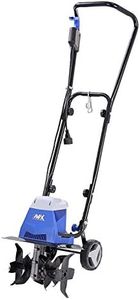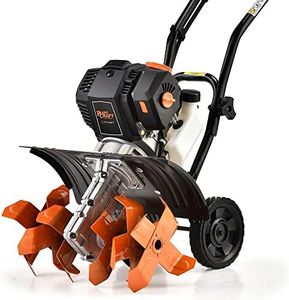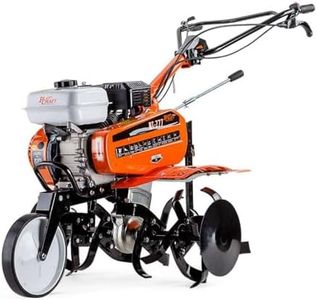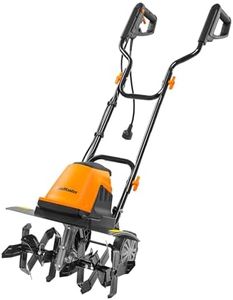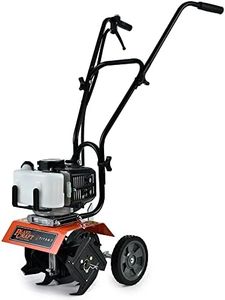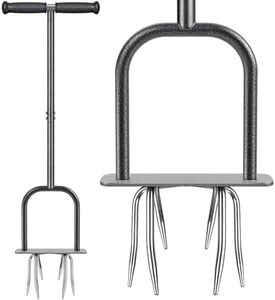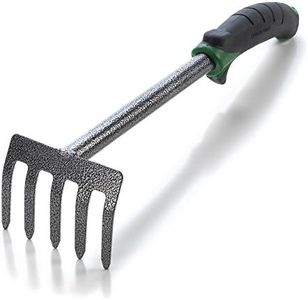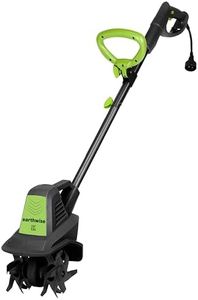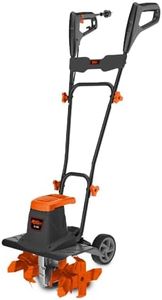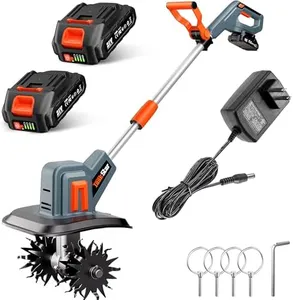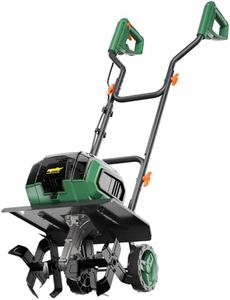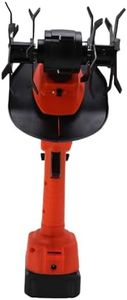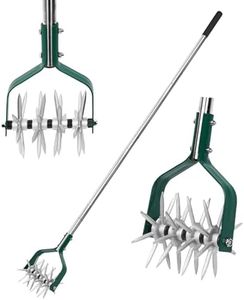We Use CookiesWe use cookies to enhance the security, performance,
functionality and for analytical and promotional activities. By continuing to browse this site you
are agreeing to our privacy policy
10 Best Mini Tiller
From leading brands and best sellers available on the web.By clicking on a link to a third party's website, log data is shared with that third party.
Buying Guide for the Best Mini Tiller
Choosing the right mini-tiller can make garden preparation and maintenance much easier and less physically demanding. The ideal model for you will depend on the size of your garden, the type of soil you have, and the kind of tasks you expect to tackle—such as simple soil aeration, weed control, or mixing in compost and fertilizer. By understanding the key features, you can select a mini-tiller that is effective, comfortable to use, and suited to your gardening needs.Engine Type (Gas or Electric)The engine type determines how the mini-tiller is powered. Gas engines generally provide more power and longer run times, making them suitable for tougher soils or larger areas, but they’re heavier and require more maintenance. Electric tillers are lighter, easier to start, and better for smaller gardens or users who want less hassle, though they typically have less power and run time can be limited by cord or battery. Consider your comfort with equipment maintenance and the size of your gardening tasks to decide between gas and electric.
Tilling WidthThe tilling width refers to the width of the soil area that the tiller can dig in a single pass. Wider widths (over 10 inches) let you cover more ground faster, making them good for larger or more open garden beds. Narrower widths (under 10 inches) offer better maneuverability in tight spaces or between rows. If your garden is mostly small beds or you have plants close together, a narrower tilling width will be easier to use.
Tilling DepthTilling depth is how deep the blades can dig into the soil. Deeper tilling (up to 8 inches or more) is useful for breaking new ground or for prepping a bed for planting certain crops. Shallow tilling (about 4-6 inches) is generally sufficient for mixing in compost or aerating soil. Pick a tilling depth based on whether you’re starting new plots or just maintaining existing beds.
Weight and ManeuverabilityThe overall weight of a mini-tiller affects how easy it is to move, transport, and control. Lightweight models (under 30 pounds) are easier to handle and good for smaller gardens or users with less strength, but may have trouble with tougher soils. Heavier models provide more stability and digging power for larger areas or denser soils but can be tiring to use over time. Think about your physical ability, garden terrain, and storage space when considering weight.
Handle Adjustability and ComfortA comfortable, adjustable handle improves control and reduces fatigue during use. Adjustable handles can be set to different heights, helping users of differing statures, and padded grips reduce hand strain. Prioritize comfort if you plan to use the mini-tiller frequently or for longer periods.
Ease of MaintenanceMaintenance needs vary; gas-powered tillers often require regular oil changes, fuel mixing, and air filter cleaning, whereas electric tillers usually just need a battery charge or cord check. You should decide how much time and effort you’re willing to put into maintaining your equipment based on your experience and willingness to handle engines or batteries.
Noise LevelNoise level is important if you live in a quiet neighborhood or will be gardening in the early morning or late evening. Electric tillers are usually quieter, making them a courteous choice for noise-sensitive environments. If low noise is a priority, or if you have close neighbors, an electric model might suit you best.
